Hi everyone how have you been? Today’s topic is ” Ohana-mi/Hanami “(Cherry blossome viewing) that is one of “Cool Japan” (entertainment party under the cherry tree, Sakura) .
Contents
What’s Sakura (Cherry tree)?
“Sakura”, the Cherry blossom is regarded as an iconic flower of Japan. And, in fact, for many Japanese, it’s synonymous with the word “flower”.
Every spring, the cherry trees all over Japan burst into bloom. Everywhere you look, there are petals in elegant, subtle shades of pink. And they scatter in the wind to create a dreamy atmosphere.
More than 300 difference varieties of flowering cherries grow around the country. Cherry blossoms have long been used as a design element in various ways. These lacquered bowls are decorated with blossom motifs.
And here, a lacquered box for storing letters. By depicting cherry blossoms on everyday objects like these, people have managed to suggest and enjoy a sence of spring.
What’s Ohana/Hana-mi Cherry blossom viewing)?
Since ancient times, people have admired all kinds of flowers and composed poetry inspired by them. It was around the 10th century that cherry blossoms became prominent as one of the motifs of spring.
They are referred to in many of the narratives and poems written around that time, just like the followings,
It’s because the cherry blossoms fall
That they’re beautiful in the eyes of all
Nothing is eternal in the world we live in.
The aristocrats of that time saw their own mortal lives reflected in the cherry blossoms that bloom and fall all too quickly.
After the start of the Edo period, about a little over 400 years ago, Ohana-mi, cherry blossom viewing caught on as a form of entertainment for ordinary townspeople.
When the cherry blossom season arrived, people would gather, taking food and drink with them, and have boisterous parties. For some people, this was a way to vent their daily frustrations.
In the middle of the 19th century, a new variety of flowering cherry called Somei-yoshino was created. It was distinguished by the austere beauty of its large whitish floweres.
Somei-yoshino cherry trees only bloom for a particularly short period of time, and their petals seem to start dropping almost as soon as they’re opened.
This dovetails perfectly with the tradtional Japanese aesthetic sensibility that finds beauty not only in blooming flowere but also in the way they flutter to the ground.
In the traditional Japanese worldview, the transience of life is felt through the changing seasons. At the same time, the aesthetic of understated beauty is valued highly.
For over 1,000 years, people in Japan have perceived the cherry blossom to be the mirror of their sensibility.
ShidareSakura (Drooping/weeping cherry tree)
The term “shidare” means “weeping” or “drooping,” while “sakura” translates to “cherry blossom.”
Shidaresakura trees are characterized by their graceful, pendulous branches that hang down, creating a cascading effect. When these trees bloom in spring, their delicate, pink or white cherry blossoms dangle from the weeping branches, creating a picturesque sight.
These trees are popular in Japan and are often planted in gardens, parks, and temple grounds, where they are appreciated for their aesthetic beauty and the tranquil ambiance they create. They are often featured in traditional Japanese artwork, poetry, and literature, symbolizing the ephemeral and fleeting nature of beauty and life.
Overall, shidaresakura, with their graceful drooping branches and beautiful blossoms, exemplify the elegance and allure of cherry trees, adding to the rich cultural and natural heritage of Japan.
ShibaSakura (ground pink, moss pink, or moss phlox)
“Shibasakura” is a term used in Japanese to refer to a type of flowering plant known as “ground pink,” “moss phlox,” or “moss pink” in English. The term “shiba” translates to “lawn” or “grass,” and “sakura” refers to “cherry blossom.”
Shibasakura (Phlox subulata) is a low-growing perennial plant that forms dense mats of small, vibrant flowers. It is a member of the phlox family and is native to North America, but it has gained popularity in Japan for its charming appearance and vivid colors.
Shibasakura typically blooms in spring, covering the ground with a carpet of colorful blossoms. The flowers come in various shades, including pink, purple, white, and sometimes red. They have five petals and create a stunning display when planted en masse.
This plant is often cultivated in gardens, parks, and temple grounds in Japan, where it is used to create colorful “carpets” of flowers. It is also a popular choice for rock gardens, slopes, and borders due to its ability to form dense, low-maintenance ground cover.
The blooming period of shibasakura is relatively short, typically lasting a few weeks. However, during this time, the vibrant flowers attract visitors and photographers who come to admire the colorful spectacle. The sight of shibasakura in full bloom is often associated with the arrival of spring and the cherry blossom season in Japan.
Shibasakura is appreciated not only for its beauty but also for its symbolism. The delicate blossoms are seen as a representation of transience, similar to cherry blossoms. They remind people to appreciate the fleeting beauty of nature and the importance of cherishing the present moment.
In summary, shibasakura, also known as ground pink, moss phlox, or moss pink, is a low-growing flowering plant that forms colorful carpets of blooms in spring. Its vibrant flowers and ability to create stunning displays make it a cherished part of Japanese gardens and a symbol of the transient beauty of nature.
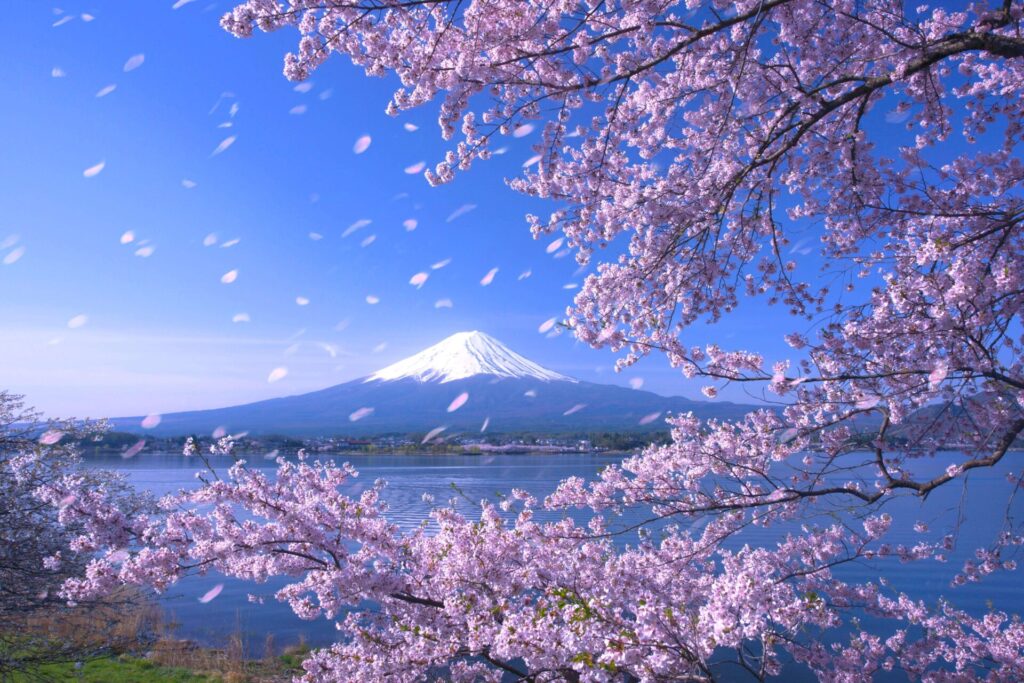
Finally, we also have another blog relating to “Sakura”, whose title is “Sakura (cherry) to evoke a feel of the transience of life“,and ”
Let’s enjoy the winter cherry blossom of illumination powered by waste edible oil at Meguro River in Tokyo” to be visited, thanks


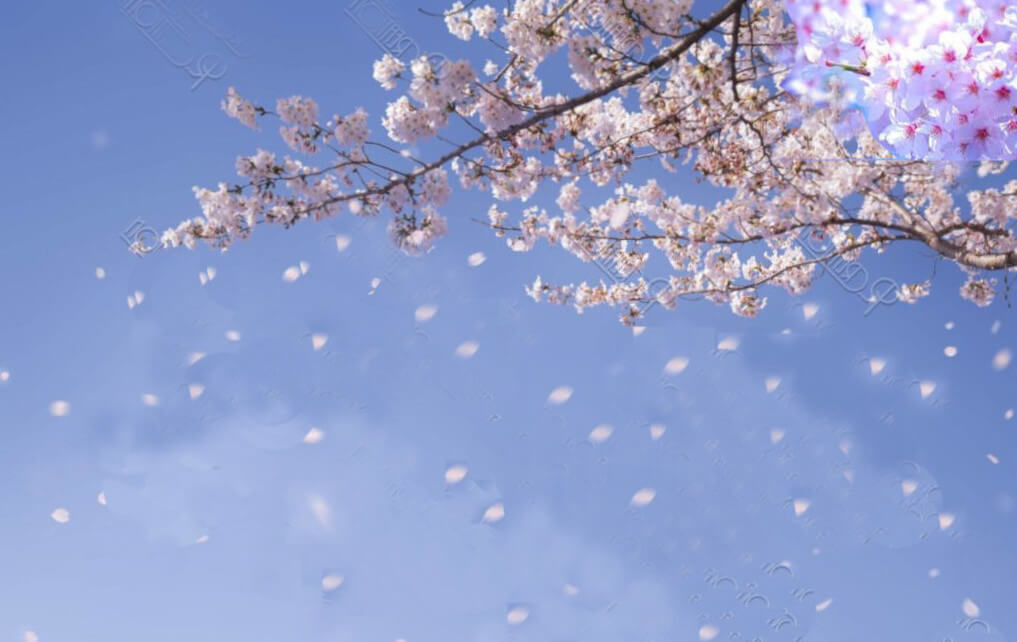
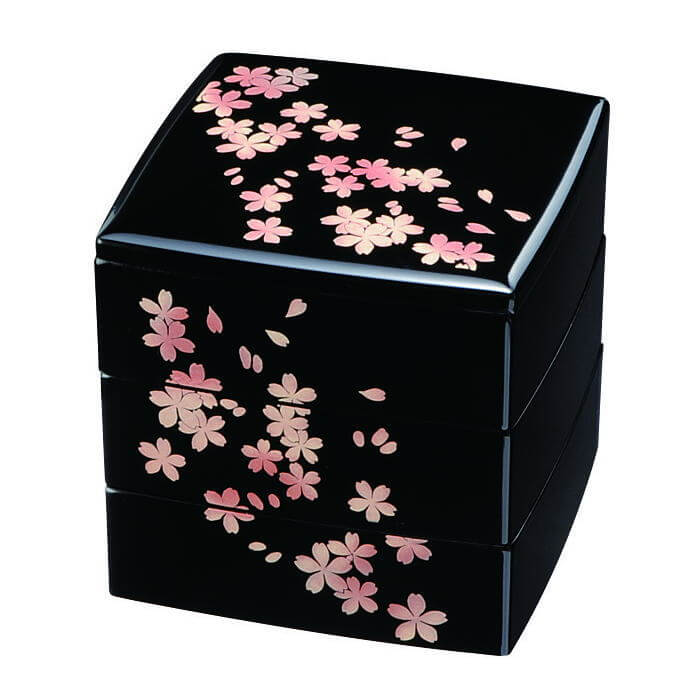
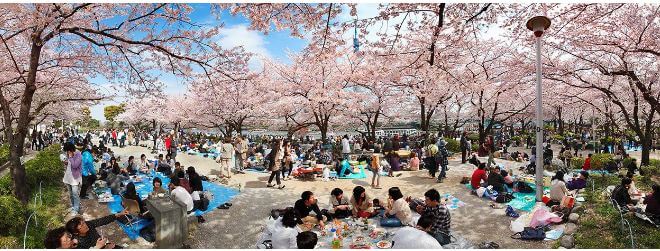
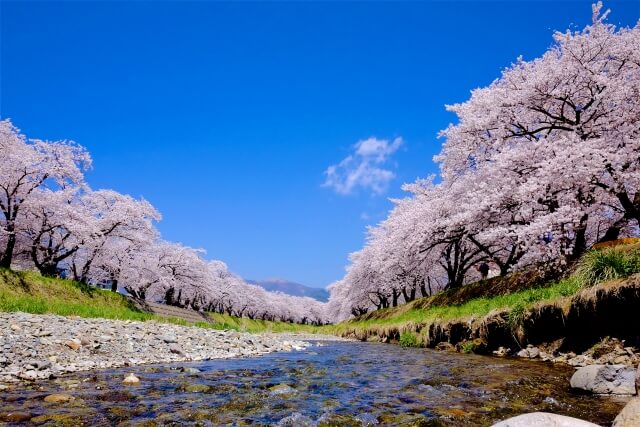
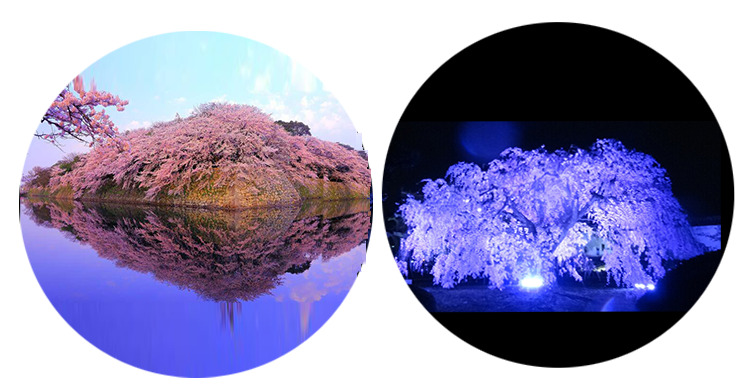

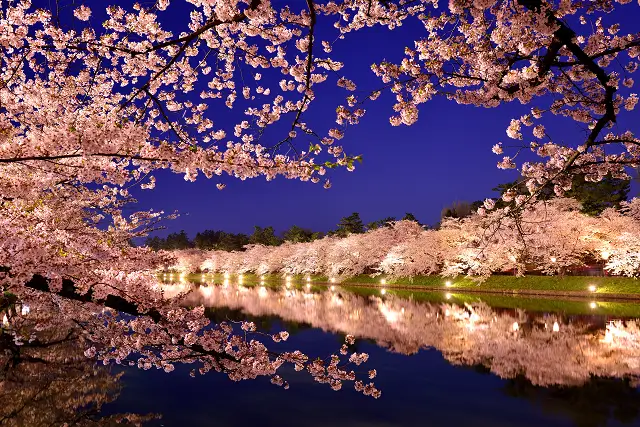






Leave a Comment